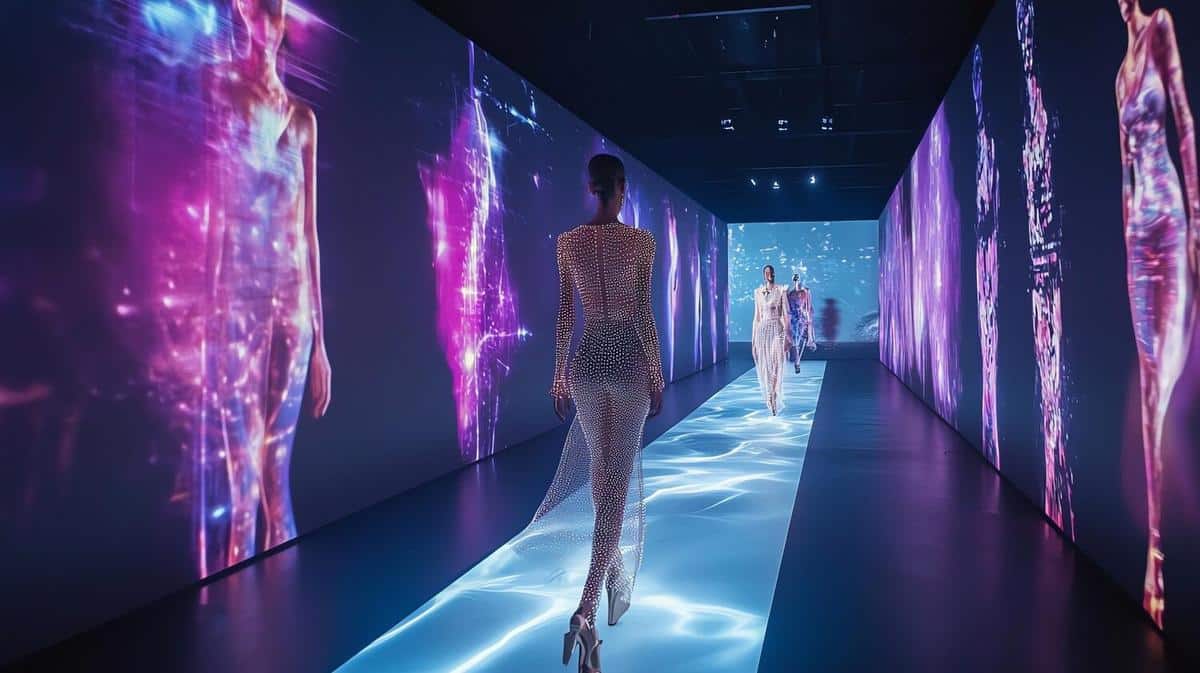
Virtual Fashion Shows: The New Norm in the Fashion Calendar
The fashion industry has been undergoing a remarkable transformation, with virtual fashion shows emerging as a pivotal change in the fashion calendar. As technology continues to advance, these digital runways are reshaping how fashion is presented and consumed.
Virtual fashion shows have become a cornerstone in the fashion world, particularly since the global pandemic prompted a shift towards digital solutions. This new approach not only ensures safety but also opens up numerous opportunities for innovation and creativity in showcasing collections.
The Rise of Virtual Fashion Shows
According to a report by Fashion Network, there has been a 50% increase in virtual fashion events over the past year. This surge highlights the industry’s adaptability and the growing acceptance of digital platforms as legitimate spaces for fashion presentation.
Expert Opinions
Fashion expert Amanda Smith notes, “Virtual shows allow for a more inclusive and diverse audience, reaching viewers who might not have the opportunity to attend in person.” This inclusivity is one of the many reasons virtual fashion shows are gaining popularity.
Technological Advancements
Innovations such as augmented reality (AR) and virtual reality (VR) are being integrated into these shows, providing immersive experiences for viewers. These technologies offer a closer look at the garments, allowing audiences to appreciate the intricate details and craftsmanship from afar.
Statistics and Research
| Year | Number of Virtual Shows | Audience Reach (in millions) |
|---|---|---|
| 2019 | 10 | 1.5 |
| 2020 | 25 | 3.2 |
| 2021 | 40 | 6.5 |
| 2022 | 55 | 8.0 |
| 2023 | 70 | 10.5 |
Benefits of Virtual Fashion Shows
- Accessibility: Viewers from around the world can access the shows without the need for travel.
- Cost-Effective: Brands save on venue, travel, and logistics expenses.
- Environmental Impact: A reduction in carbon footprint due to decreased travel and resource usage.
Challenges and Considerations
Despite their advantages, virtual fashion shows come with challenges. Capturing the same level of excitement and engagement as traditional shows can be difficult. However, leveraging social media platforms and digital marketing strategies can help bridge this gap.
Actionable Tips for Successful Virtual Shows
-
Create a visually captivating digital environment that reflects your brand’s identity.
-
Ensure high-quality video production to showcase the garments effectively.
-
Engage with your audience through social media and interactive features.
Frequently Asked Questions
How do virtual fashion shows work?
Virtual fashion shows are streamed online, allowing designers to present their collections digitally to a global audience.
What technologies are used in virtual fashion shows?
Technologies like AR and VR are commonly used to create immersive experiences for viewers.
Conclusion
Virtual fashion shows are rapidly becoming the new norm in the fashion calendar, offering a dynamic and inclusive platform for showcasing creativity. As the industry continues to evolve, embracing these digital innovations will be key to staying relevant and connected with global audiences.